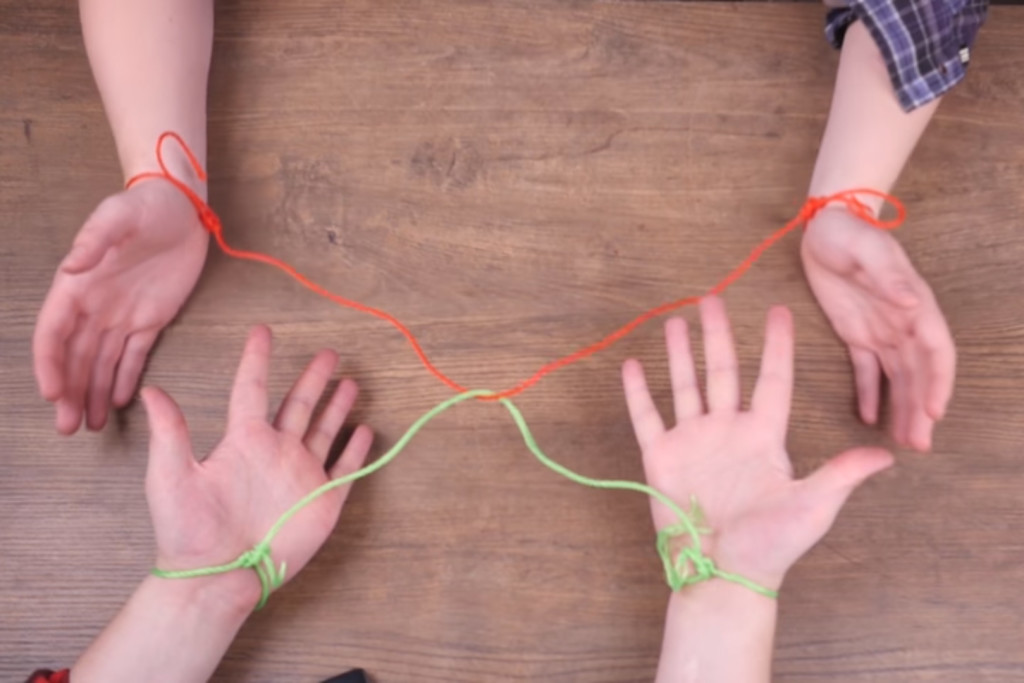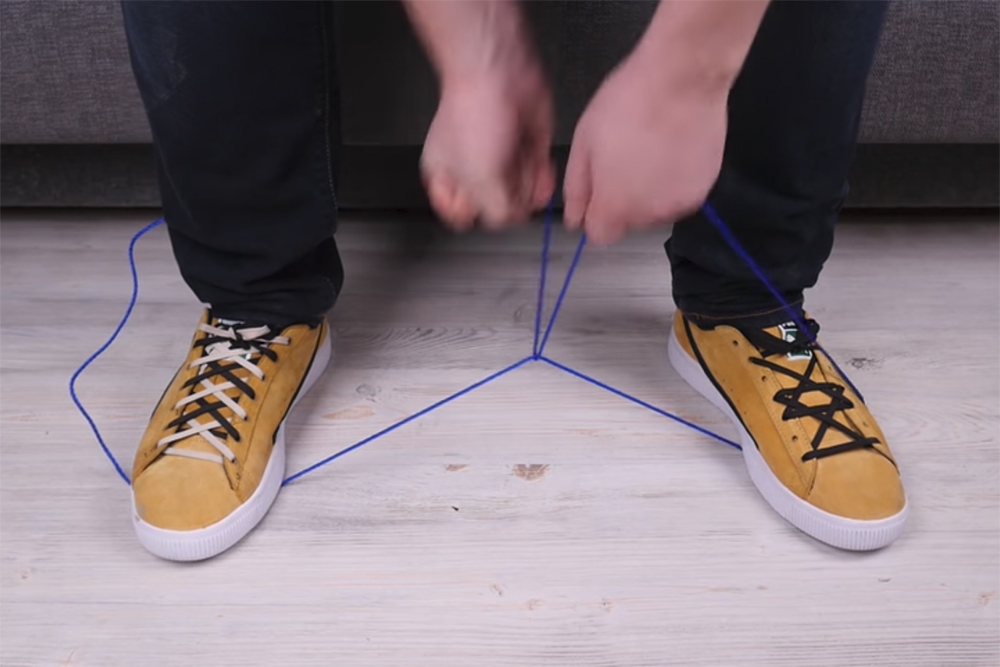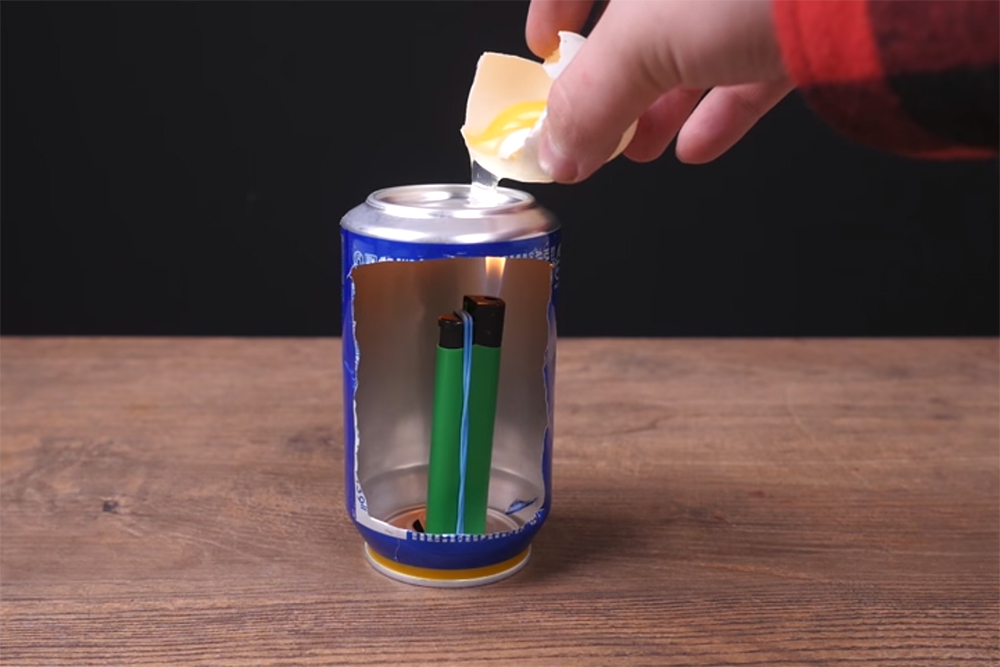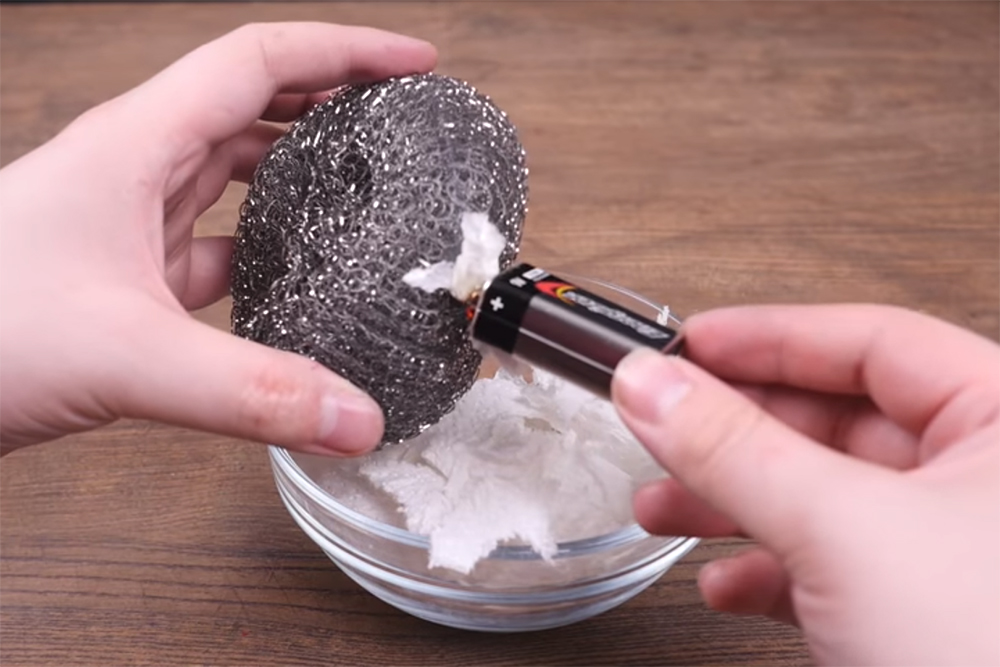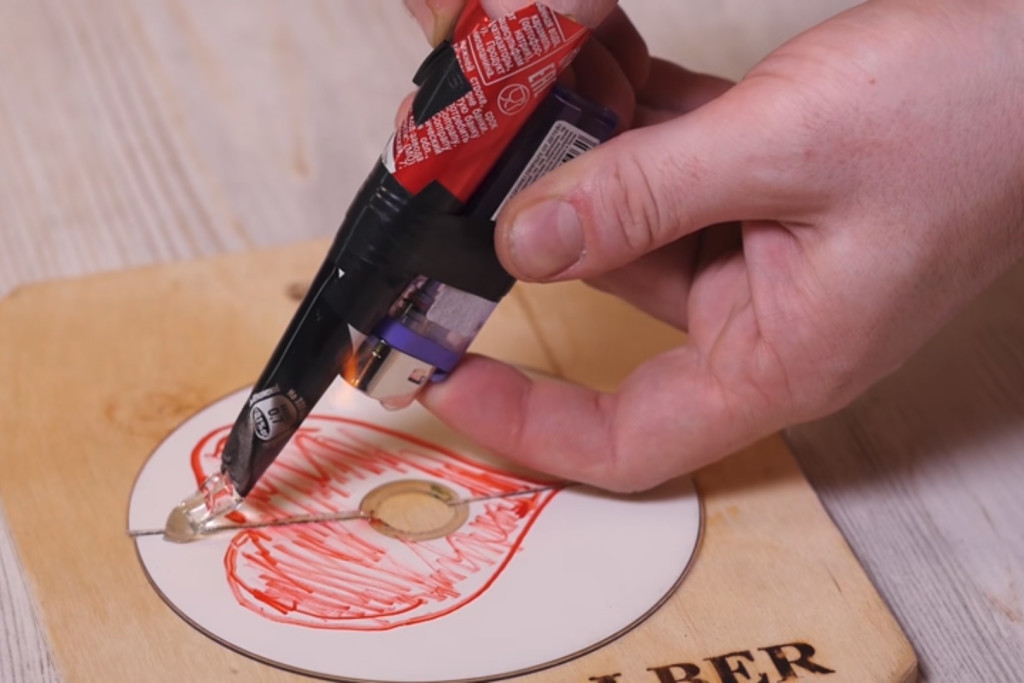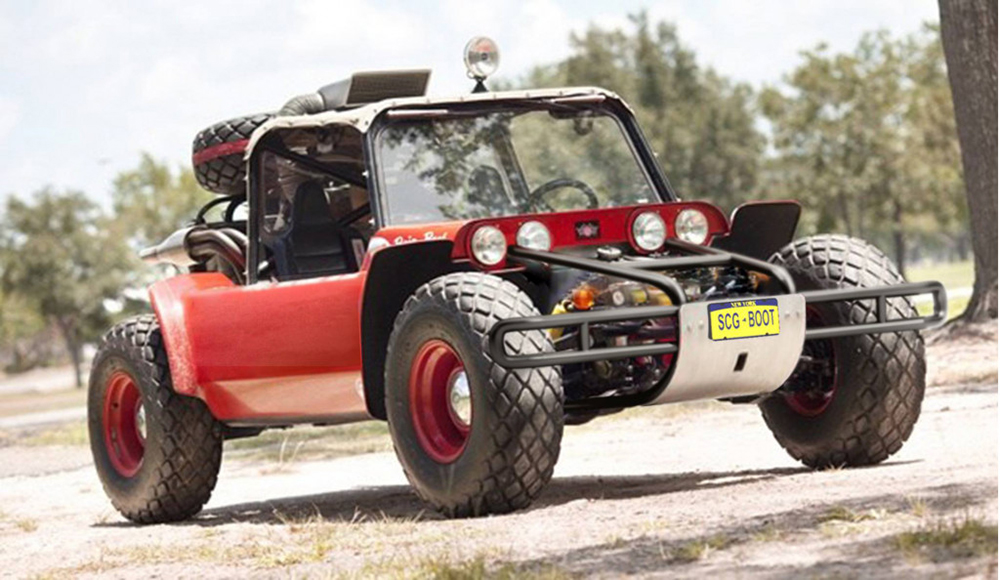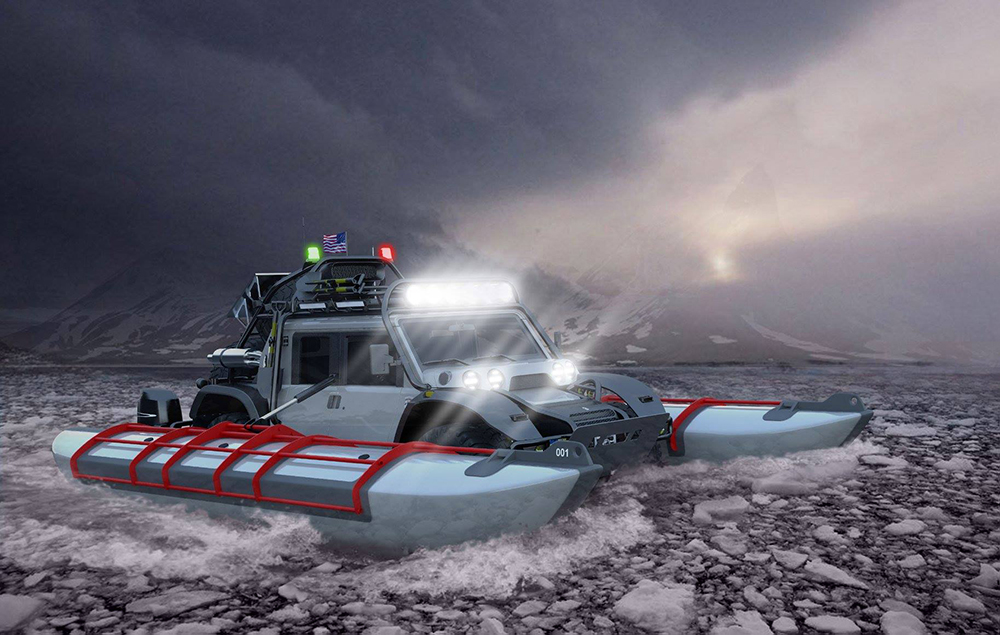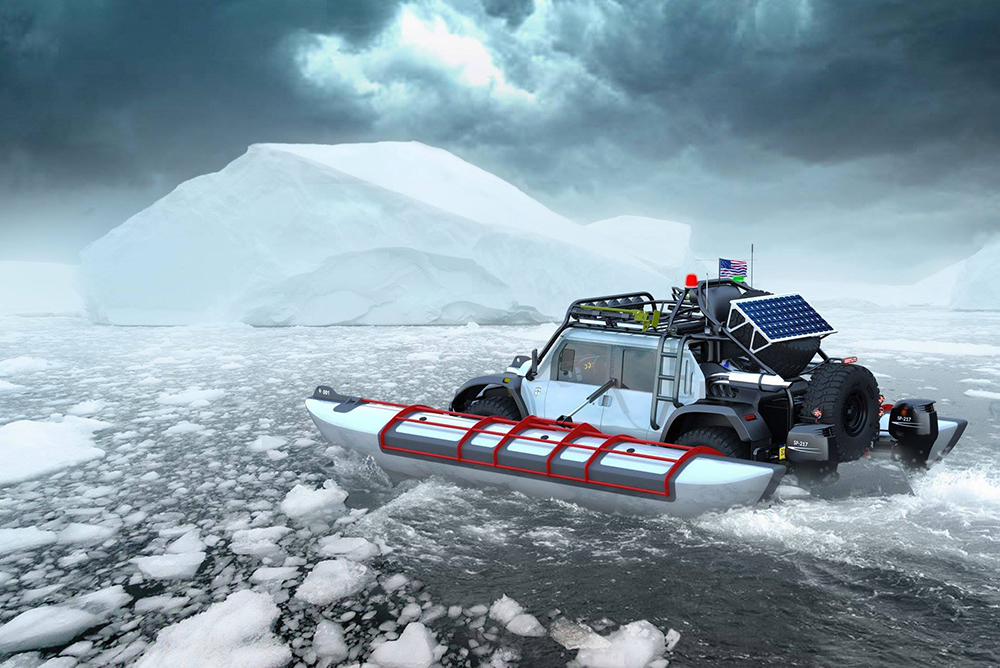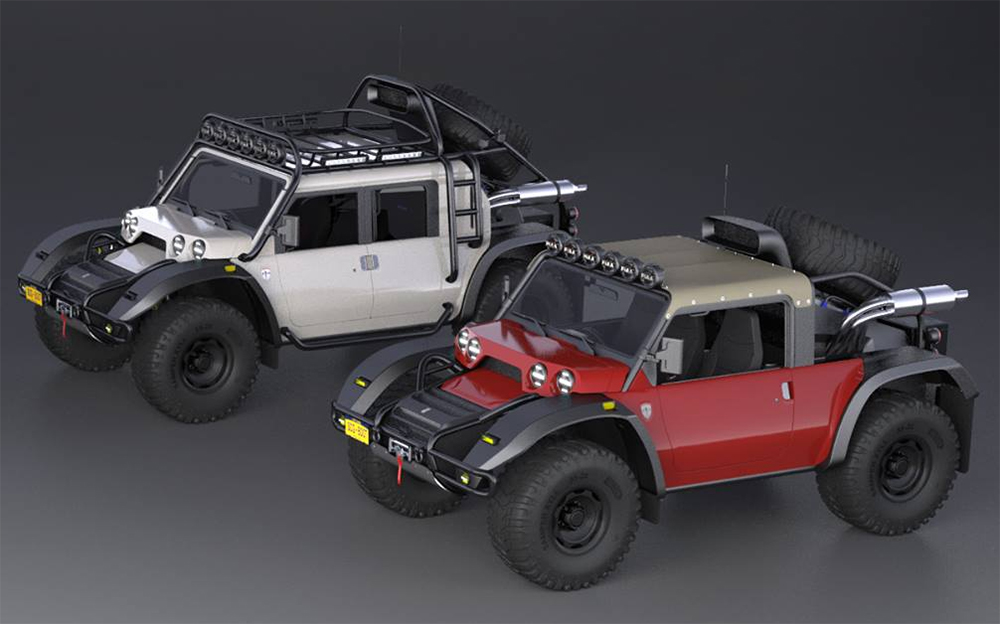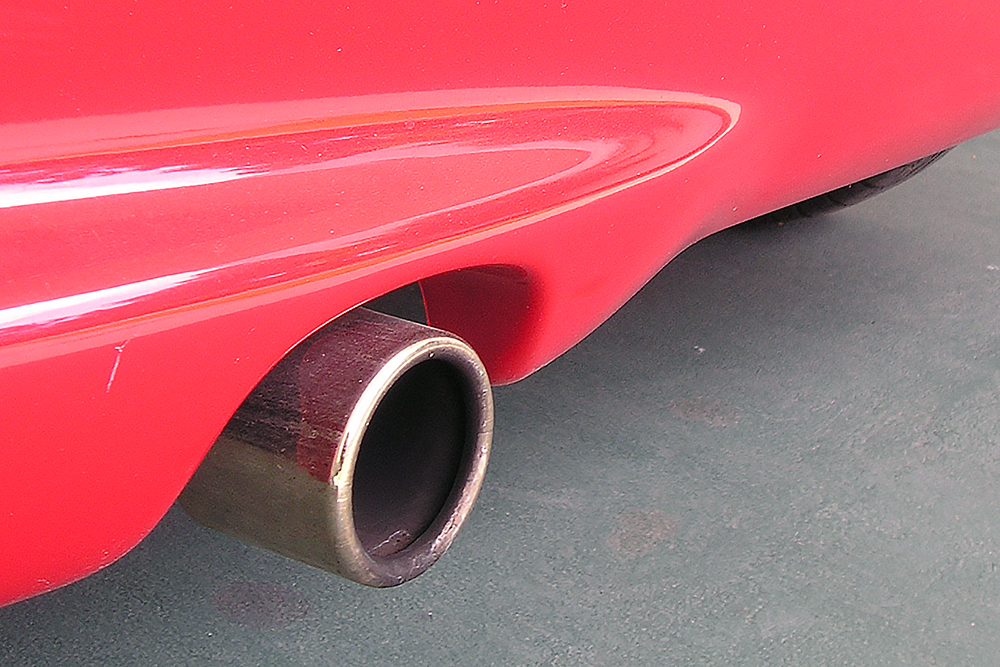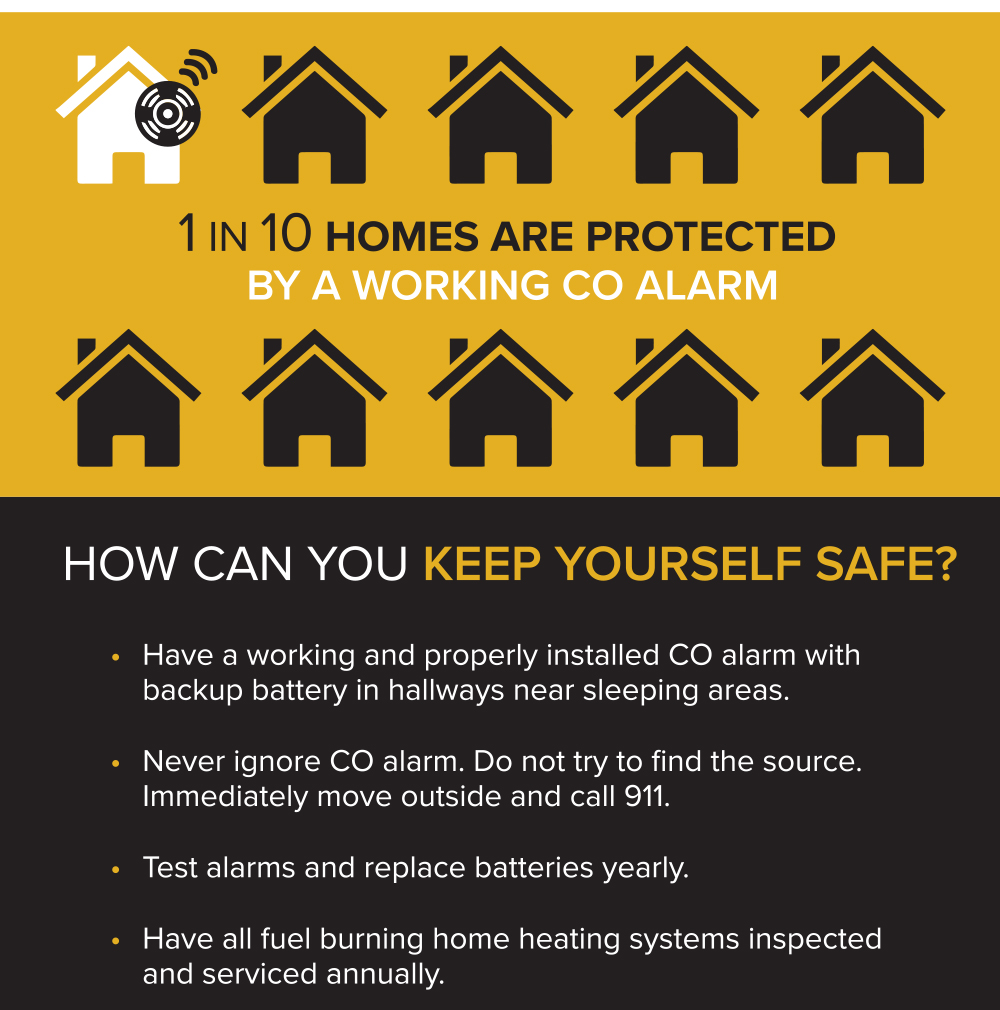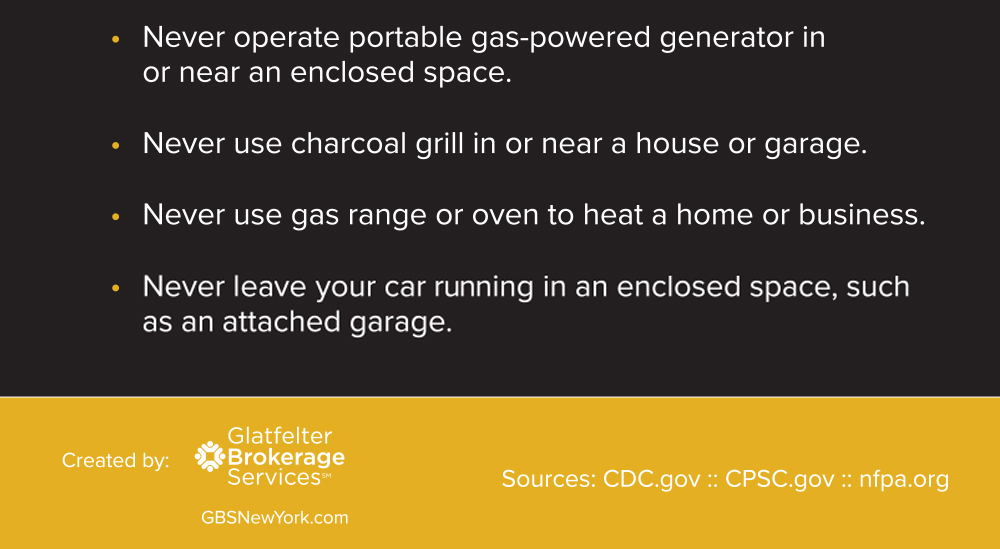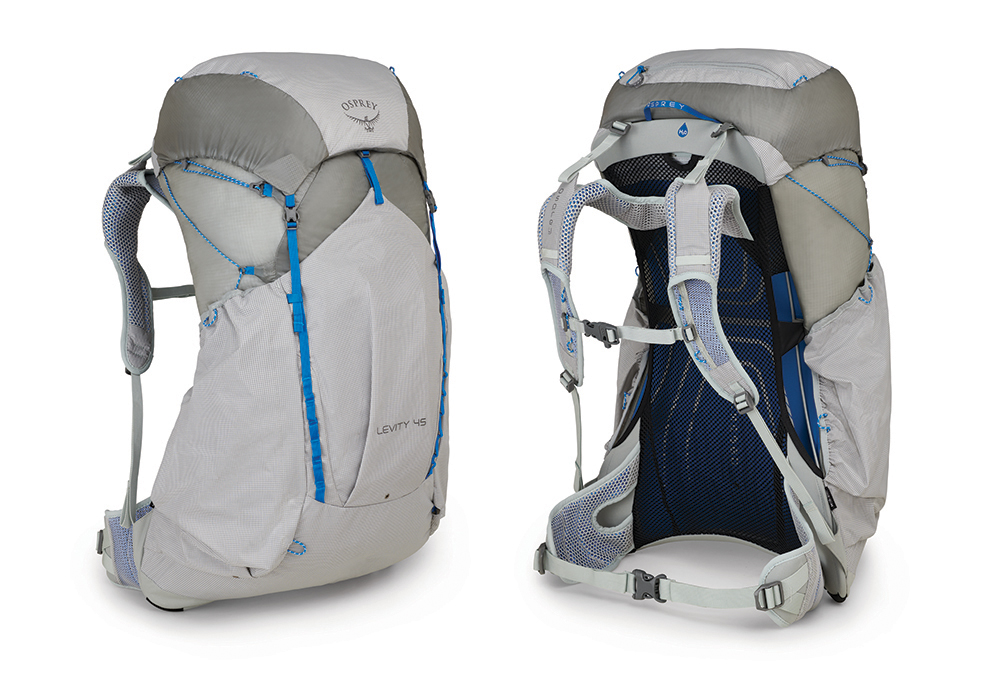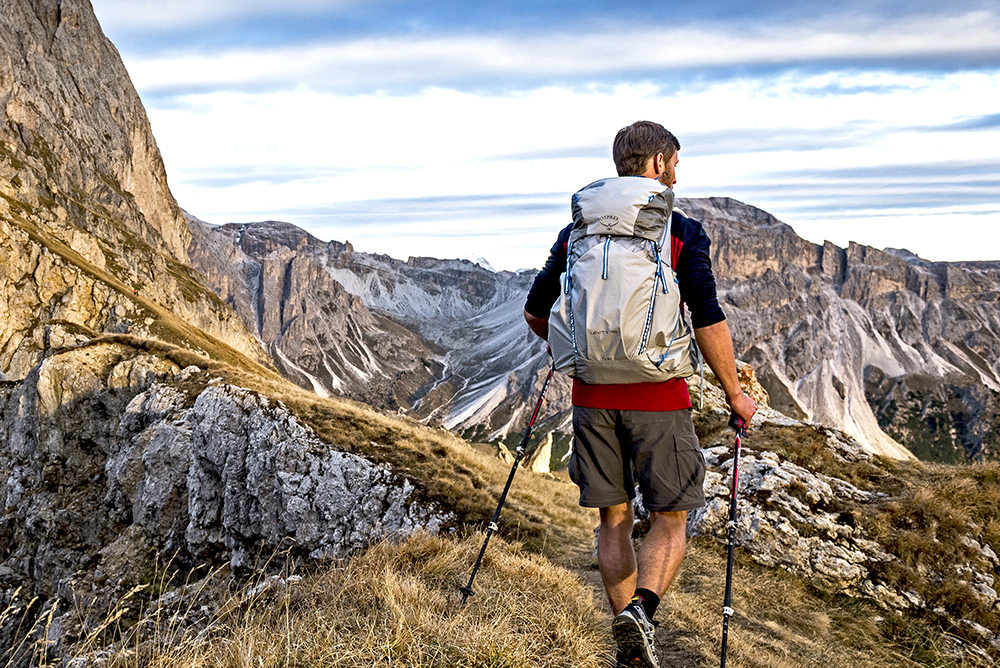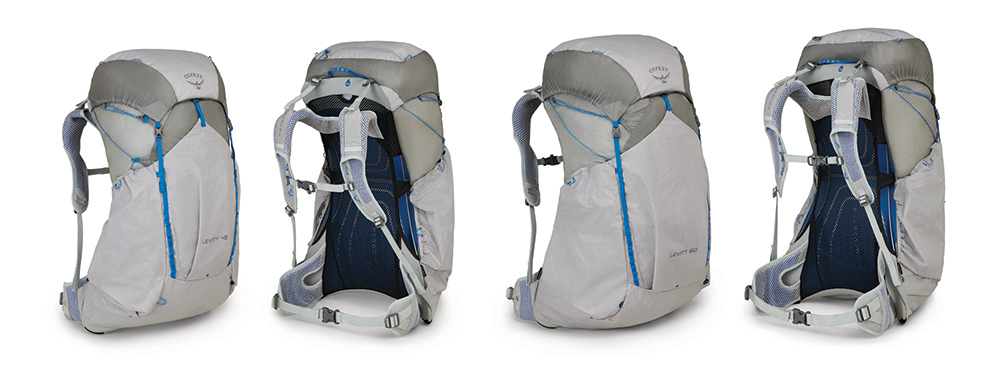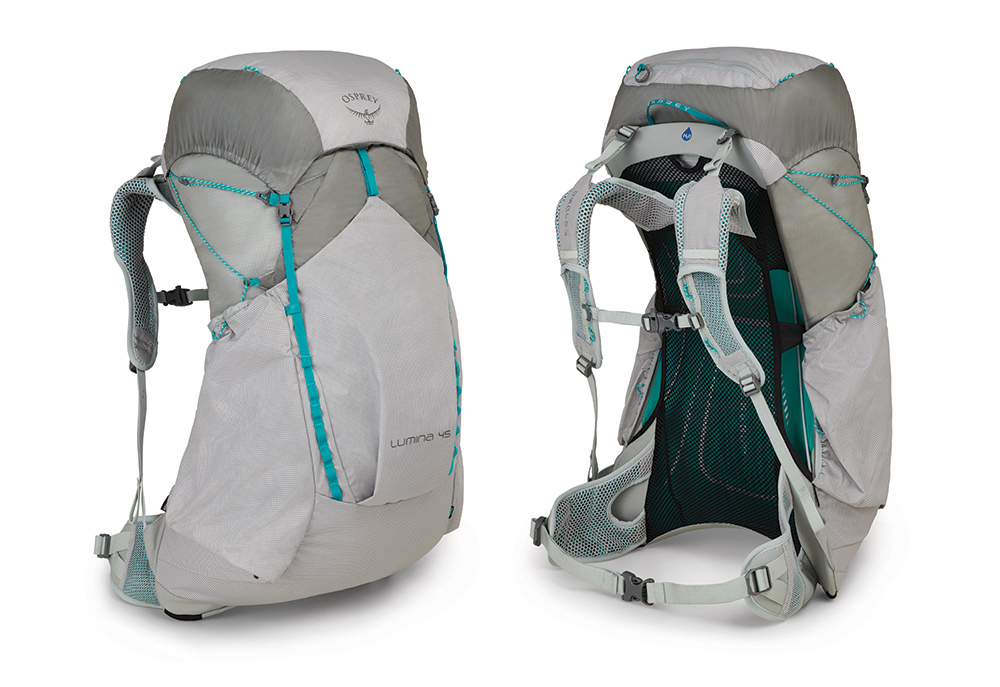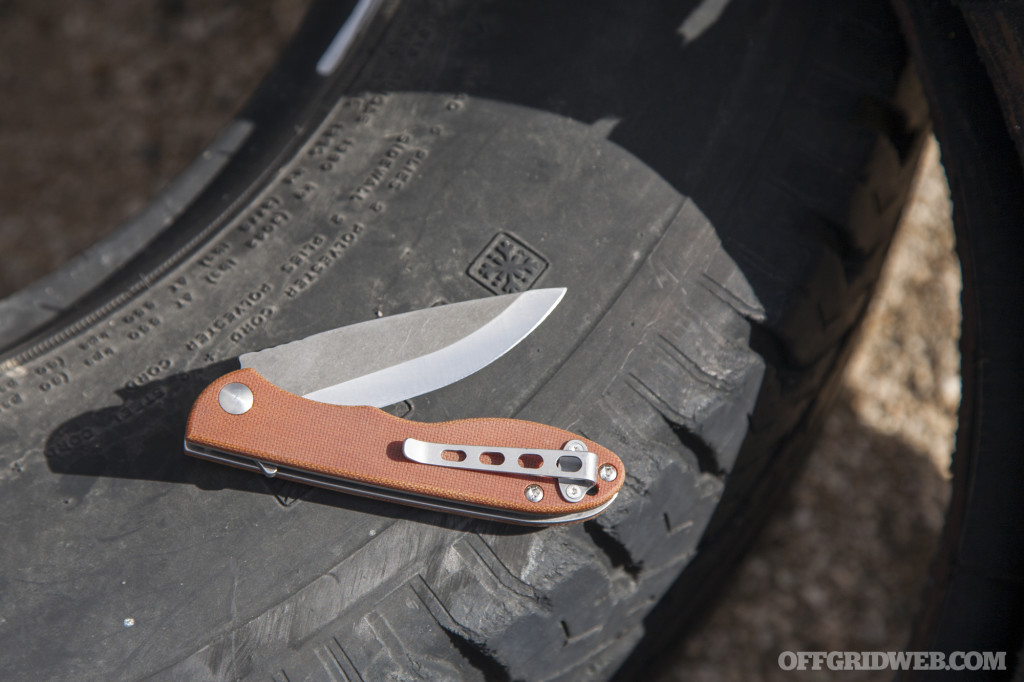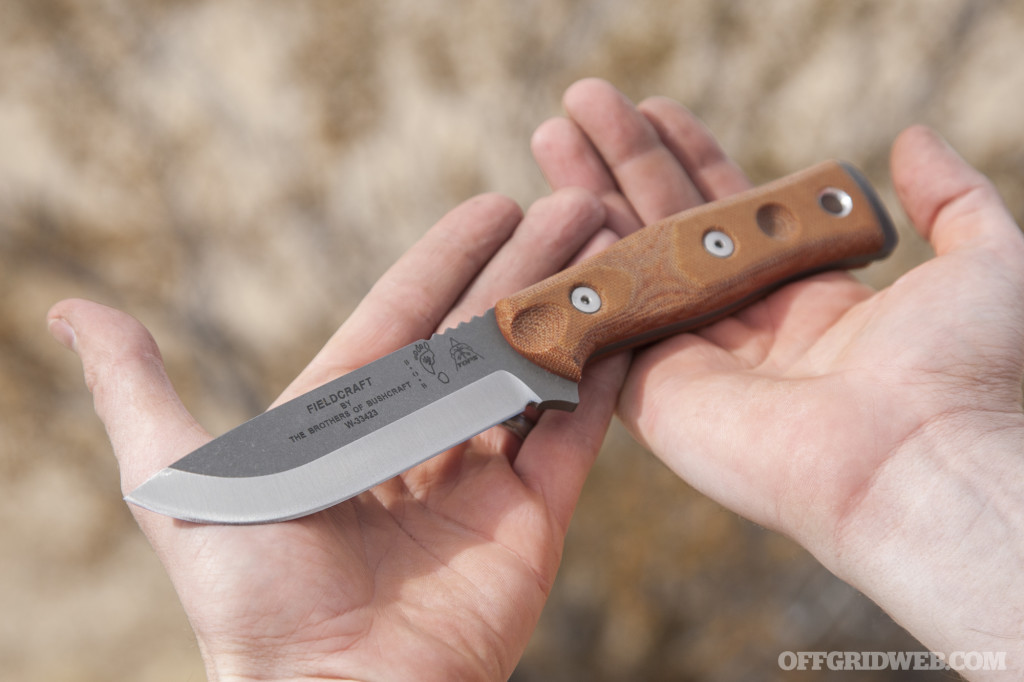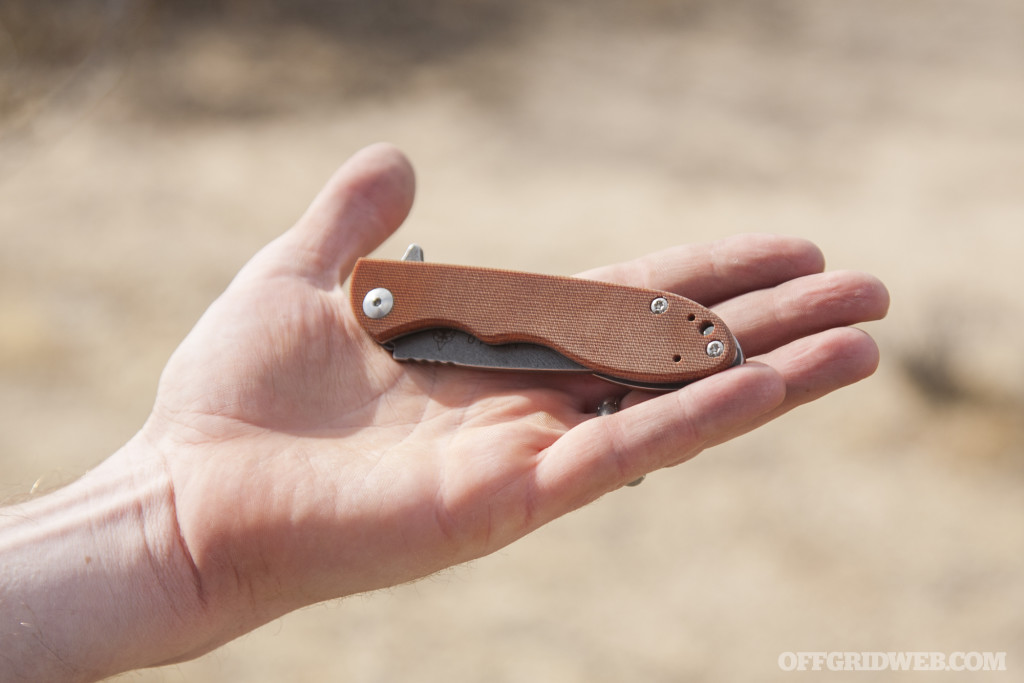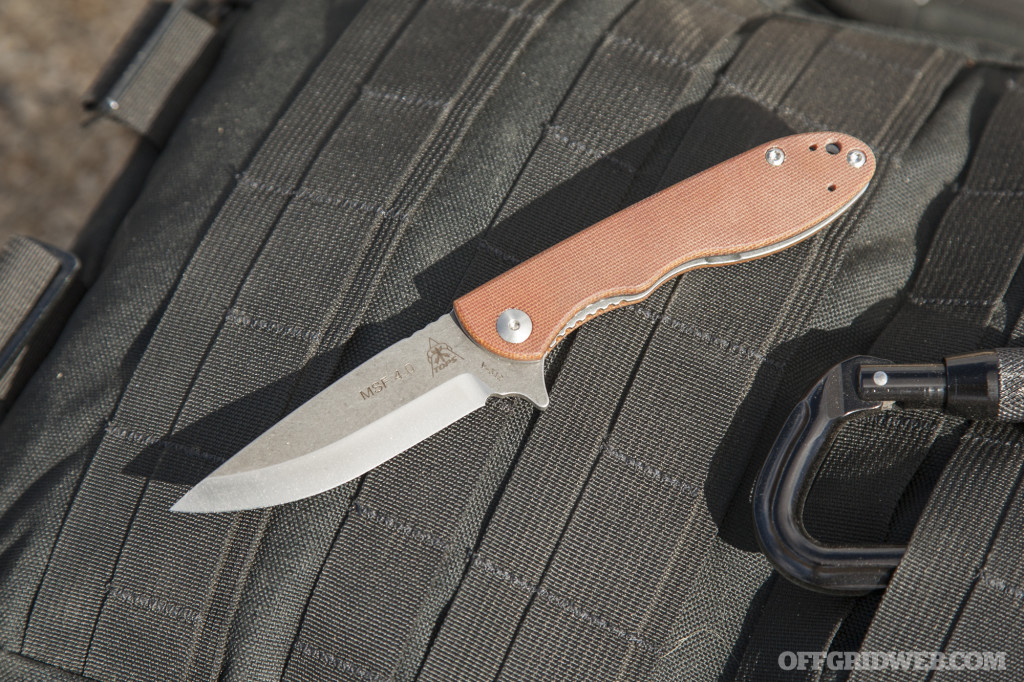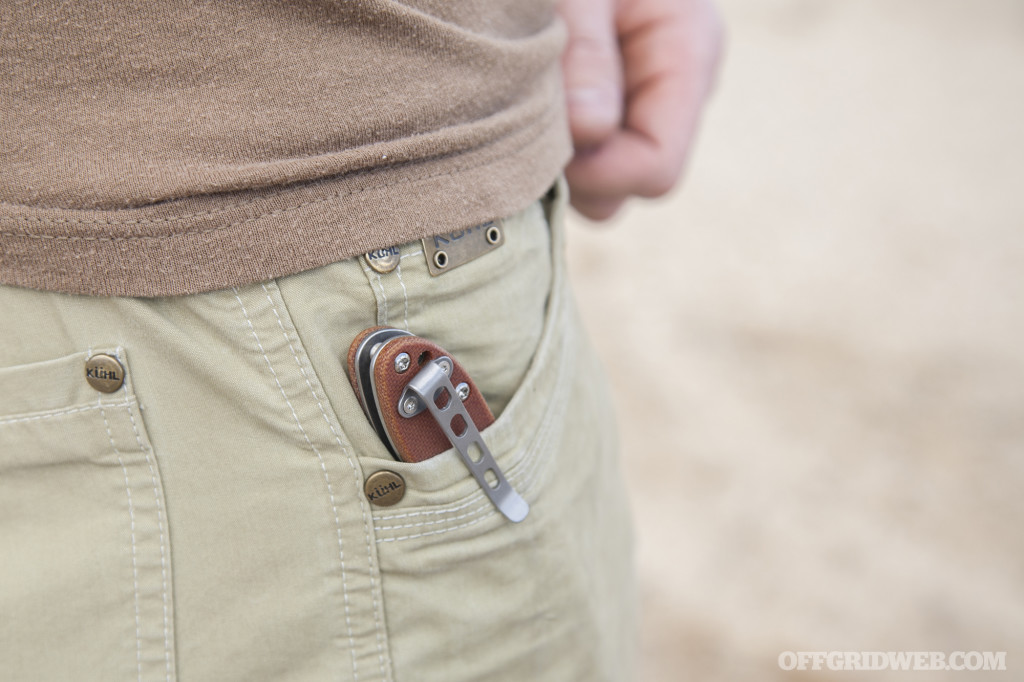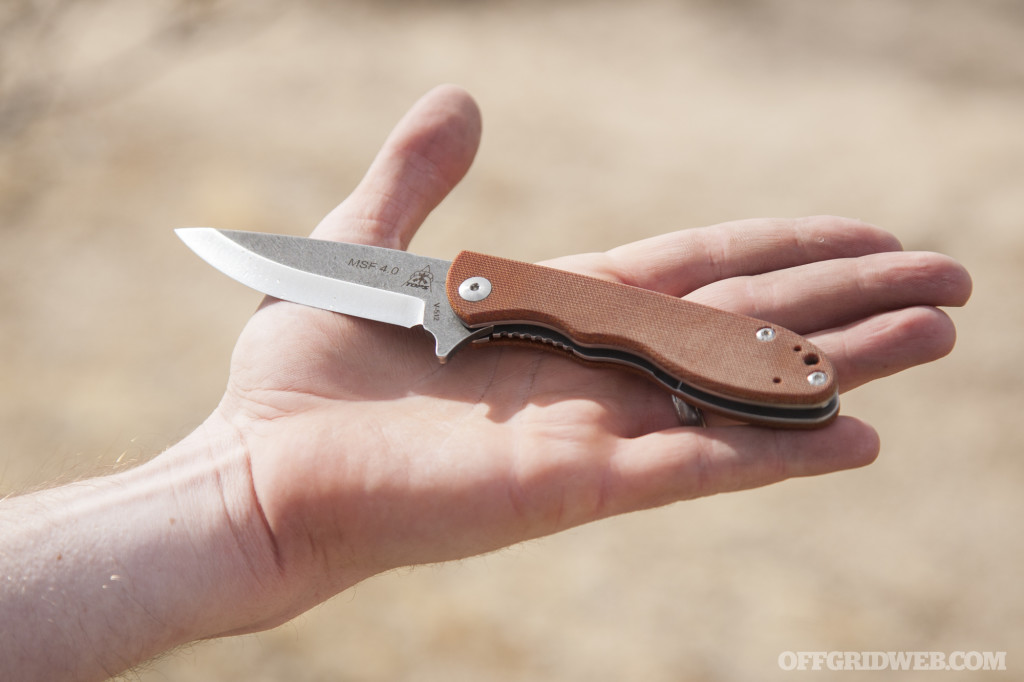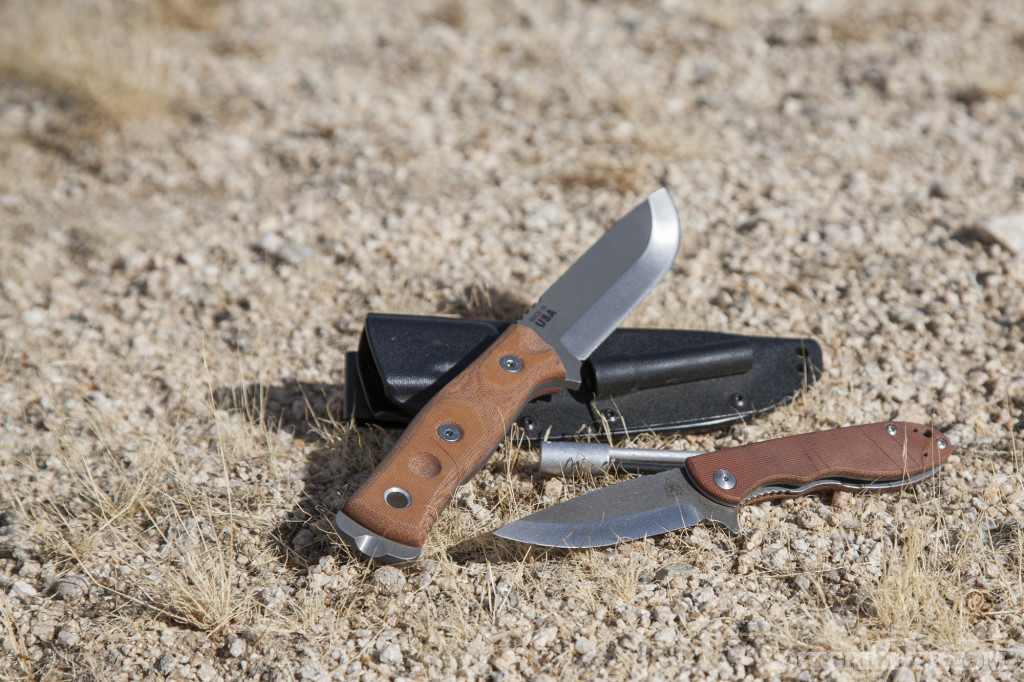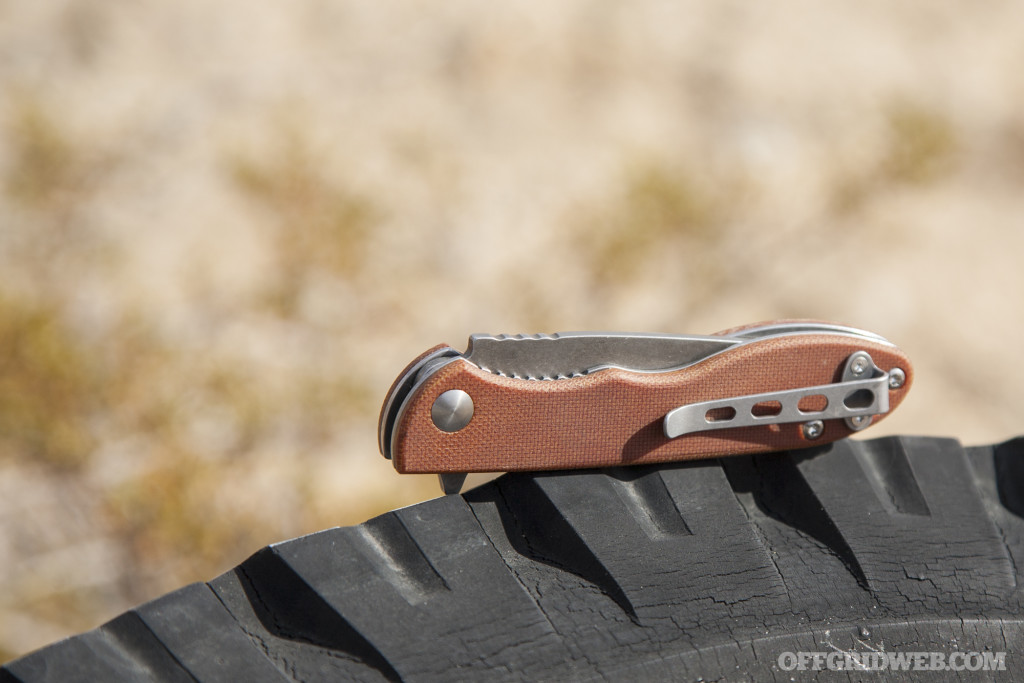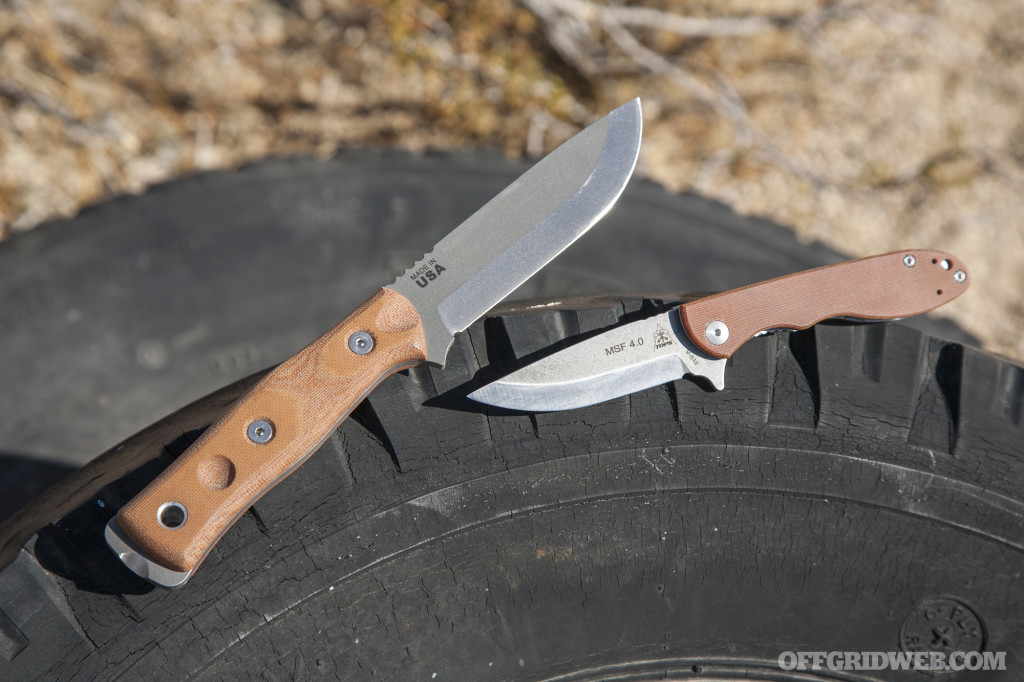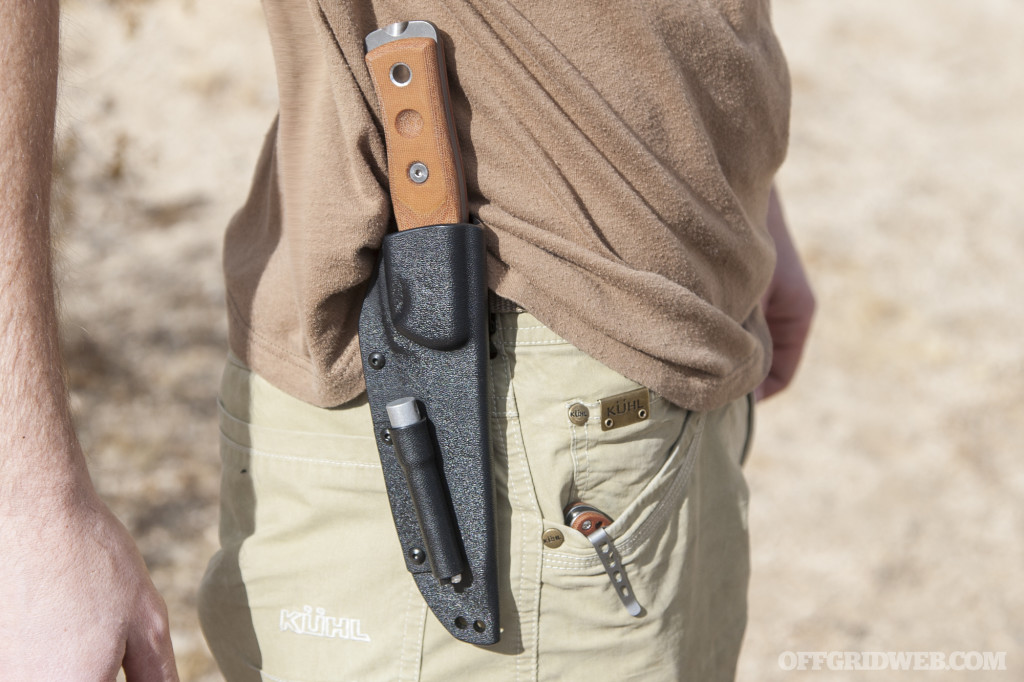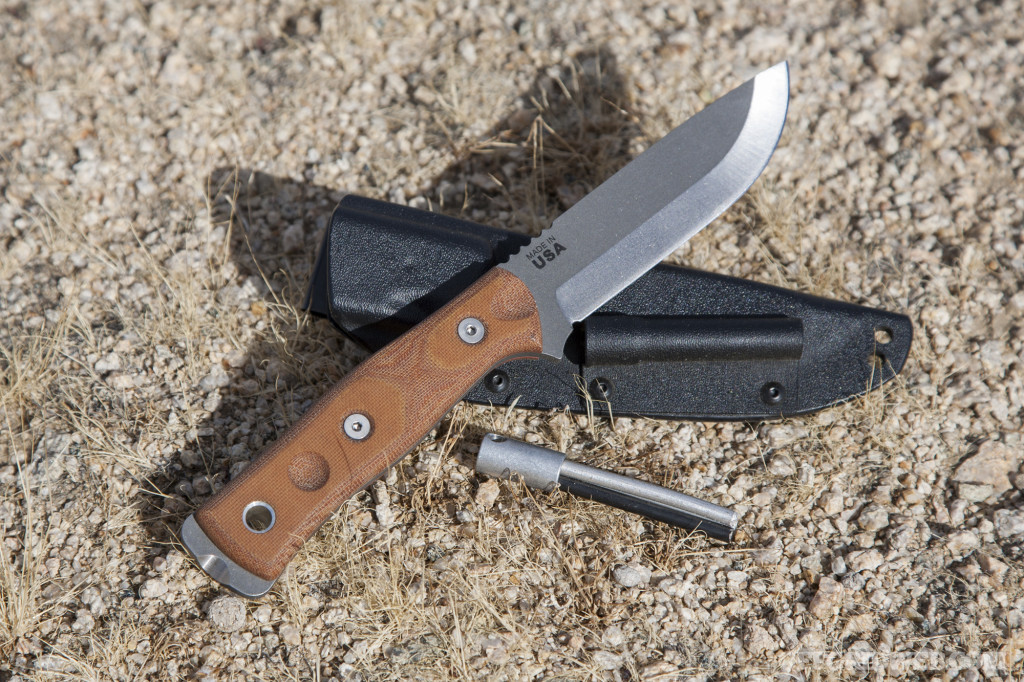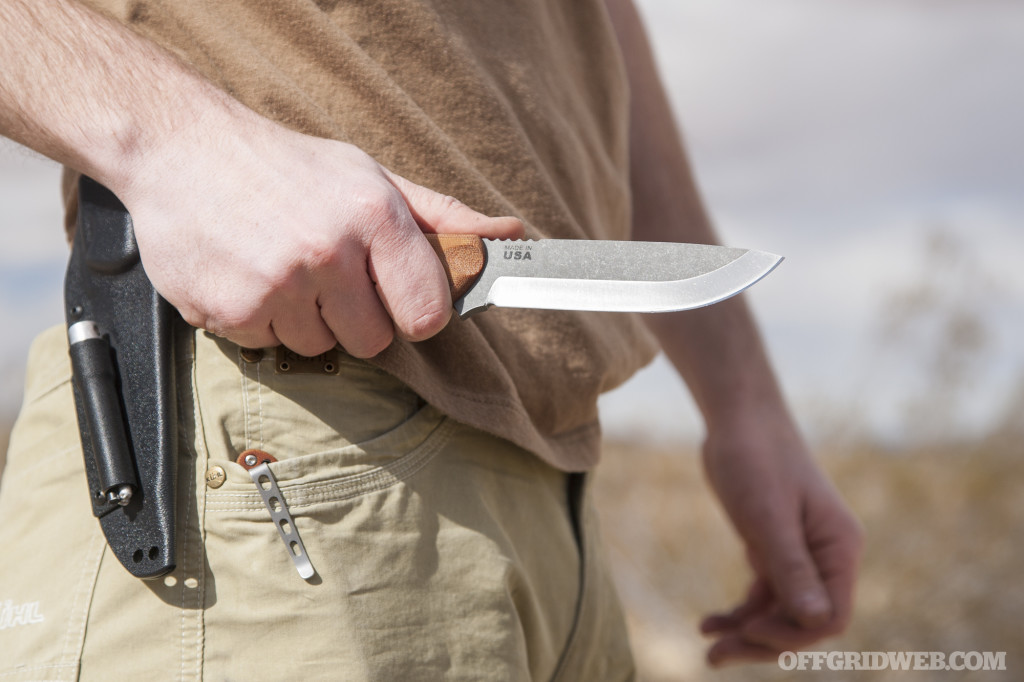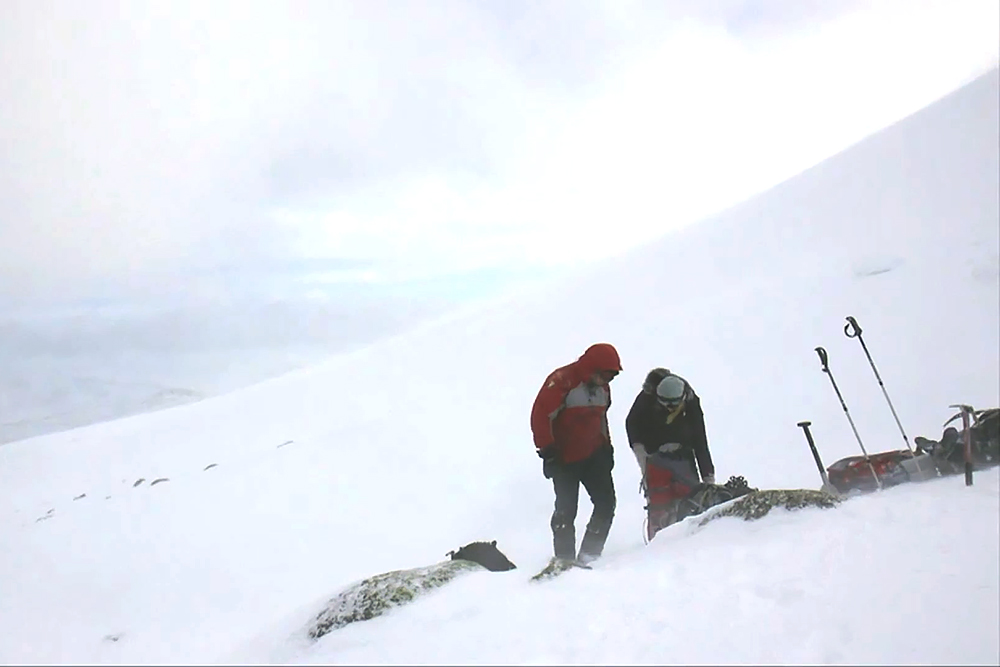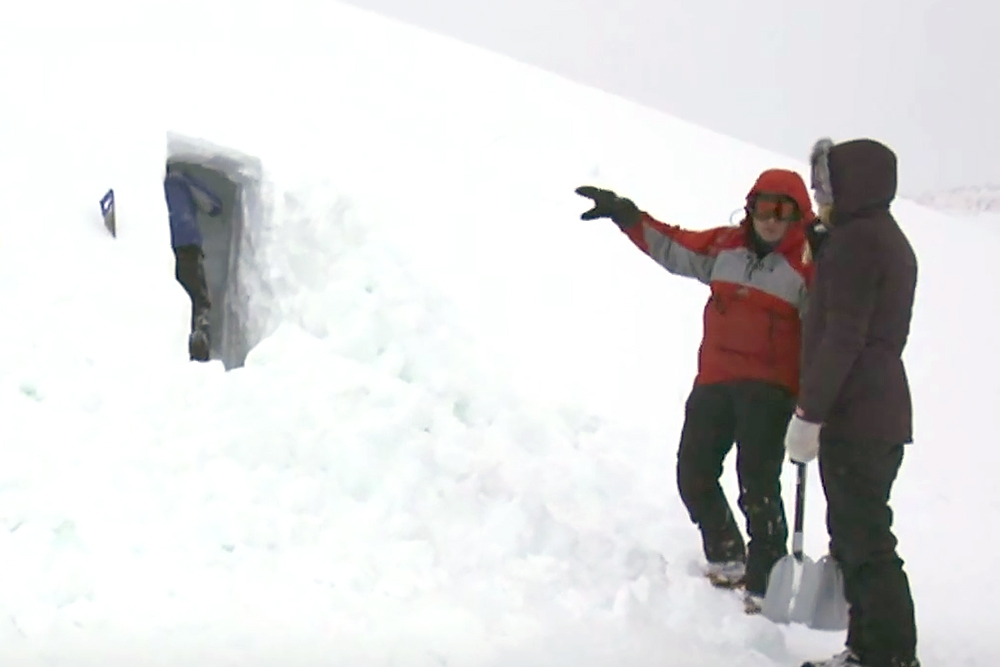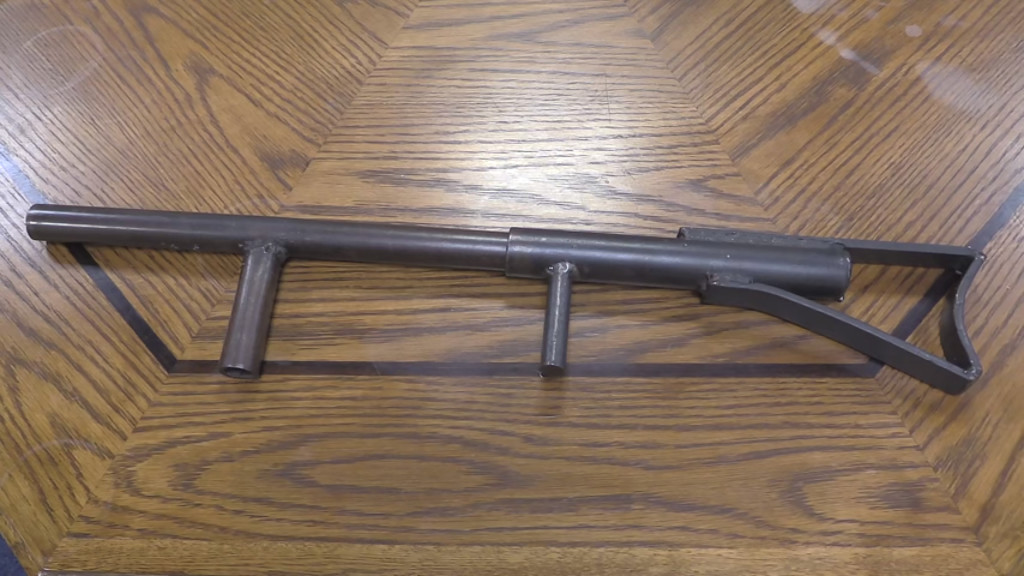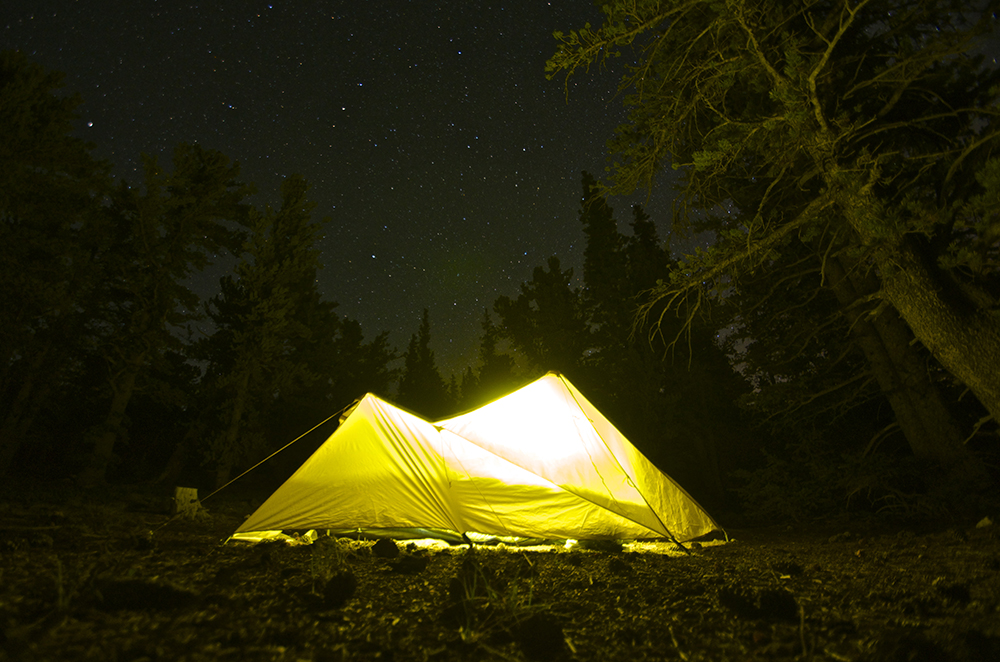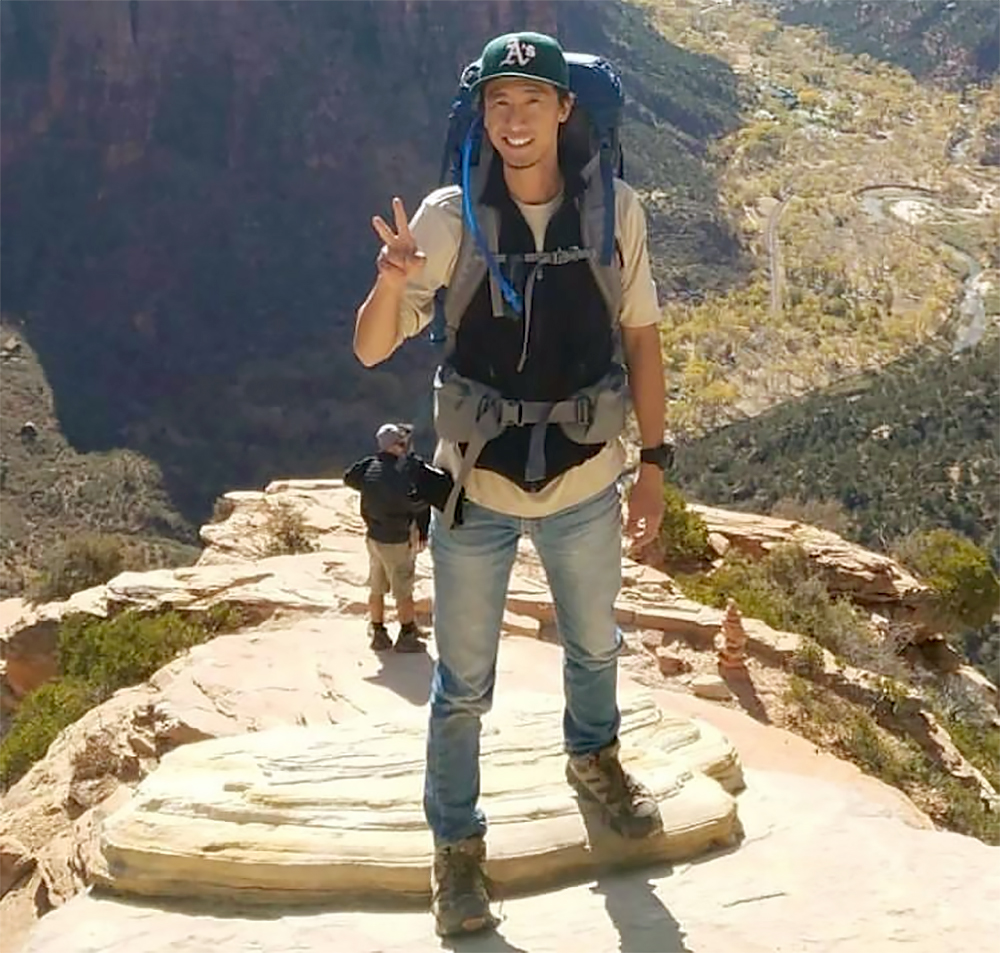In This Article
- Life Hack #1: Improvised Filter Bottle
- Life Hack #2: Escaping Rope Restraints
- Life Hack #3: Friction Saw
- Life Hack #4: Breaking Zip-Tie Cuffs
- Life Hack #5: Cloth Siphon
- Life Hack #6: Soda Can Egg Cooker
- Life Hack #7: Battery and Steel Wool
- Life Hack #8: Water Dispenser
- Life Hack #9: Matches in a Balloon
- Life Hack #10: More Hot Glue
- Life Hack #11: Balloon Pump
YouTube can be an awesome resource for learning survival skills — there are many great channels that put a lot of work into demonstrating techniques and educating viewers. The internet has provided access to a treasure trove of information, making it easy to learn from instructors around the world.
However, YouTube is also full of survival tips that are outright ridiculous. We’ve called out some particularly glaring examples of this sort of content in the past, such as starting fires with a lemon and drinking pee through a LifeStraw. A few of these ill-advised techniques could lead to disastrous consequences in a survival situation, while most others are just hilariously impractical.
We recently came across a video titled “11 Survival Life Hacks” with 2.7 million views. Despite some misgivings, curiosity got the better of us. You never know, it might contain some creative survival skill or useful tidbit of info, we reasoned. Well… we’ll just give you a play-by-play of these “life hacks” below and let you decide just how useful they’d be in a survival situation.
Feel free to watch along, but you might as well leave the audio muted since there’s no narration or voice-over.
Life Hack #1: Improvised Filter Bottle
Good thing he heated up that knife, because it surely would’ve been impossible to cut cleanly through a thin plastic bottle otherwise. Or maybe he was sterilizing the blade? We can’t say for sure.
We thought it might be the beginning of an improvised bong, but it’s just a needlessly elaborate container for a Brita-style activated carbon filter. Which, by the way, will not remove any of the bacteria or protozoa that can make you sick. So this device is only good for improving taste, smell, and clarity of water. Do yourself a favor and spend $25 on a Sawyer Mini filter — it’ll even thread right onto that Coke bottle.
Also, it sure was convenient that he had that hot glue gun and a power supply in his bug-out bag.
Life Hack #2: Escaping Rope Restraints
Are we watching a magic trick or a survival hack? We’re not sure what kind of incompetent criminal would restrain two people like this, but we’re sure he’d be wowed if you escaped his loose twine restraints using this method. Shazam!
Life Hack #3: Friction Saw
While we wouldn’t call it a life hack, this is at least a real technique. If you don’t happen to have a knife, scissors, or any other cutting tool this is one way to cut cordage.
Life Hack #4: Breaking Zip-Tie Cuffs
This is another technique that has some potential validity, though it will only be effective if your hands are cuffed in front of your body using a hardware-store-grade zip tie. If your hands are behind your back, or your captors use a set of purpose-built zip cuffs, you’ll be out of luck. You can read more about escaping zip tie handcuffs here.
Life Hack #5: Cloth Siphon
Here we have a painfully slow method of filtering particulate out of water. Bacteria and protozoa wouldn’t be caught by this crude filter, so the water might look a little nicer but you’d still run the risk of getting sick unless you purify it using bleach, boiling, or some other method.
Here’s a better tip: fill vessel with dirty water, cover opening with folded cloth, and pour. It’ll strain out the same amount of gunk in a lot less time. Or refer to our previous comments and spend $25 on a filter that also removes other contaminants.
Life Hack #6: Soda Can Egg Cooker
If you end up on a desert island with nothing but a case full of butane lighters, a soda can, a rubber band, and a flock of wild chickens, then sure, you can MacGyver your way into a very crudely-cooked egg. In every other scenario, you’ll just be depleting your fire-starter. If you really want to make a cooking device from a soda can, consider making an alcohol-powered penny stove. Or just cook your egg over a camp stove or wood fire like a normal person.
Life Hack #7: Battery and Steel Wool
OK, this is another real technique. We’ve discussed fire-starting with steel wool in more detail here. Still, the paper shred tinder wouldn’t be necessary if finer steel wool was used, since the steel strands will burn on their own after making contact with the battery terminals.
Life Hack #8: Water Dispenser
Again with the hot glue. This is basically a way of turning a soda bottle and plastic syringe into a large (and leaky) version of the water dispenser you’d find in your kid’s pet gerbil cage. It might be a marginally convenient way of washing your hands when there’s no running water, but it’s a serious stretch to call that a “survival life hack”.
Here’s an idea, in case your survival kit doesn’t contain a plastic syringe: poke some holes in the cap, invert the bottle, and squeeze to dispense small amounts of water for washing.
Life Hack #9: Matches in a Balloon
You know what also works to keep matches dry? A plastic sandwich bag. You can even reuse it multiple times instead of cutting it open!
Life Hack #10: More Hot Glue
Man, this guy REALLY has a thing for hot glue. We can see why — it’s like cyanoacrylate superglue, only it’s weaker, messier, not applicable as a wound sealant, and requires a heat source to use. Super convenient for any survivalist.
Also, before you try to recover your data by inserting that glue-drenched CD into your computer’s disc drive, you might want to read about some better data backup options.
Life Hack #11: Balloon Pump
Ah yes, the emergency balloon inflation device, a tool no survivalist should be without. Now you can throw a party and invite all your friends over to learn these survival life hacks. You’re welcome.
While a few of the “survival life hacks” in this video are based on real techniques, the majority are impractical and absurd. But the video still got nearly 3 million views, so its creator is probably laughing all the way to the bank. For the rest of us, the video reinforces a valuable lesson: When it comes to survival, don’t rely on “life hacks”. The tried-and-true techniques that have been used by survivalists and outdoorsmen for decades are less sensational, but far more valuable.



